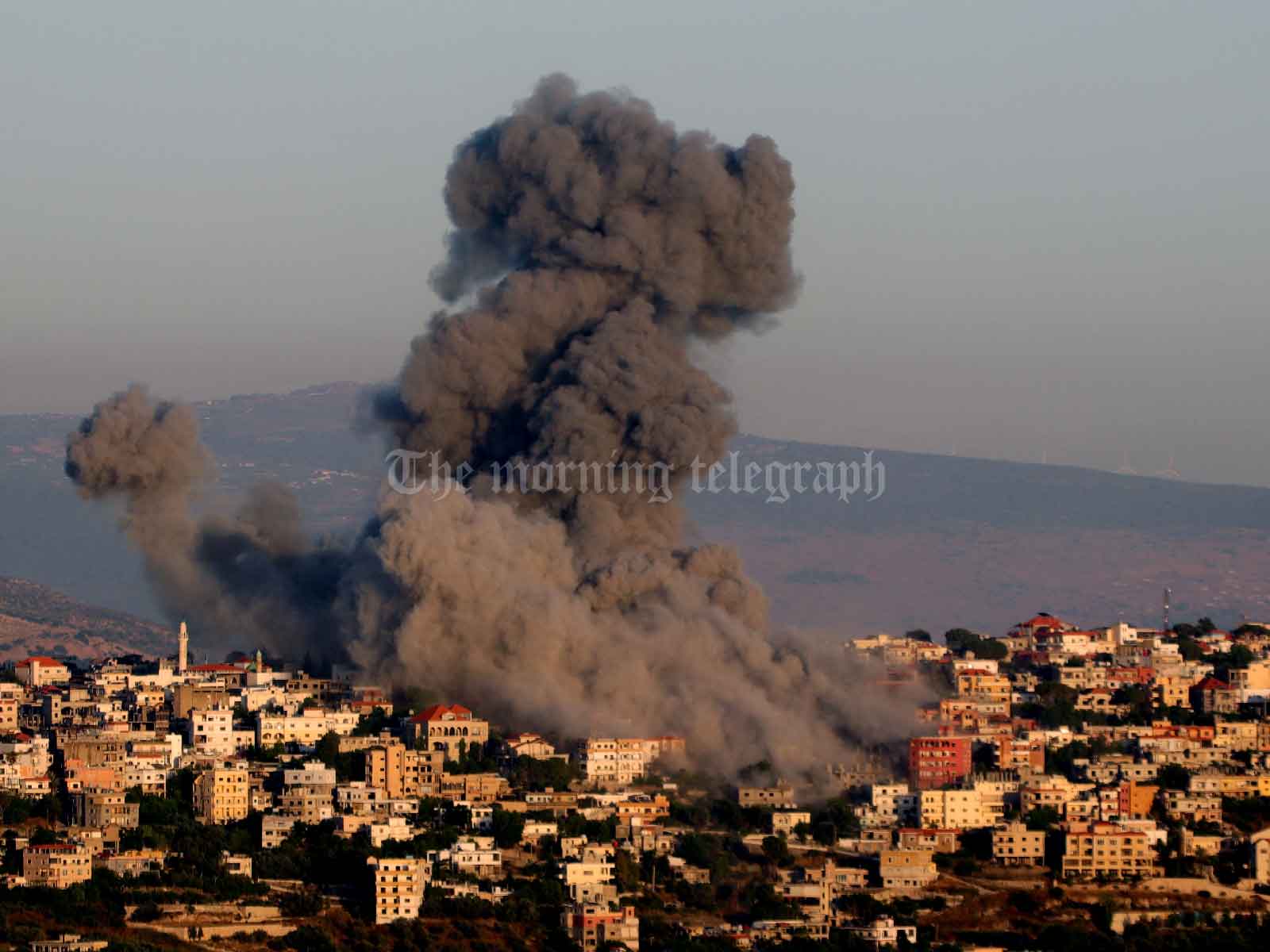
This morning’s exchange of strikes between Israel and Hezbollah marks a significant escalation in their ongoing conflict. The Israeli military reported conducting pre-emptive strikes with around 100 fighter jets targeting Hezbollah positions in southern Lebanon. This is claimed to be the largest Israeli offensive on Lebanon since the 2006 war between the two groups.
The Israeli strikes, which began at around 04:30 local time, were followed by Hezbollah’s retaliatory rocket and missile attacks on northern Israel. Hezbollah announced it had fired over 300 rockets, targeting military facilities and causing air raid sirens to sound across northern Israel.
The escalation follows a series of high-profile incidents, including the assassination of Hezbollah commander Fouad Shukr on July 30 and the alleged Israeli assassination of Hamas leader Ismail Haniyeh in Tehran. These events have heightened tensions and led to significant military responses.
Despite ongoing diplomatic efforts to prevent the Gaza conflict from expanding into a broader regional war, recent developments suggest an increased risk of further violence. The U.S. has been pushing for a ceasefire and a hostage release deal between Israel and Hamas, but these talks have yet to yield results.
Hezbollah’s capabilities are notable, with estimates of around 150,000 rockets and well-trained fighters. This contrasts with Hamas, and the situation is further complicated by Israel’s readiness to engage on two fronts: Gaza and its northern border with Lebanon.
The conflict’s impact is severe, with evacuations and disruptions in both northern Israel and southern Lebanon. The immediate future remains uncertain as both sides, while publicly expressing a desire to avoid full-scale war, prepare for the possibility of continued or intensified conflict.




